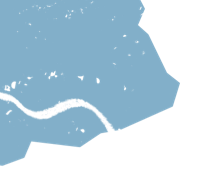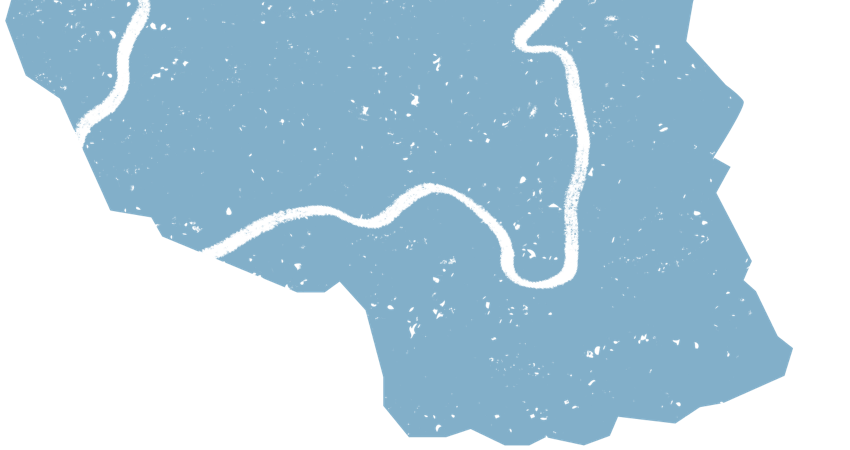Praying for an end to the drought in Zimbabwe
Written by Tearfund | 05 Dec 2019



Written by
Written by Tearfund
It’s mid-morning, and nobody is on the streets of Irisville. The Zimbabwean village looks like it has been deserted.
In fact the locals are trying their best to find shade from the scorching sun amid temperatures of 40°C.
Irisville is typical of many parts of southern Africa today: trees and shrubs stand bare, and on those that have survived, the leaves are burnt.
‘This is how it has been for the last three years,’ says Douglas Maselea, a 56-year-old farmer and father of eight who has lived in Irisville since 1985.
‘The sun has dried up our water sources and anything you plant in the farm is scorched before it matures.’
The UN estimates that more than 11 million people don’t have enough food to survive across nine southern African countries. The global climate crisis is at its most acute here.
In March 2019, two cyclones destroyed crops in Zimbabwe and Mozambique, compounding the food crisis facing these nations. Zimbabwe is also facing ongoing economic and political challenges which has led to rising food prices and made it harder for humanitarian agencies to provide effective support.
Nothing grows
Douglas used to have a flourishing farm, but today nothing is growing because of the drought. ‘I used to harvest maize and groundnuts but have not been able to grow anything since 2017 because there is no rain.
‘The global climate crisis is at its most acute here’
‘I am now trying to keep two cows that produce milk, which I’m trying to sell in the market.
‘This drought situation is very bad, I can’t even explain. We have nothing. We have no money to buy anything and we have no maize’.
Douglas explains that the drought has led to an exodus of young people crossing the border into South Africa. ‘Very few come back or support their families because, even there, they are not able to make a lot of money,’ he says. ‘Usually they come back after two or three years with some groceries and then go back.’
Pooling resources
Despite the severe challenges in Irisville, Douglas is grateful for Tearfund’s local partner, the Evangelical Fellowship of Zimbabwe (EFZ). Through an approach called Church and Community Transformation (CCT), championed by Tearfund around the world, the EFZ team have helped to bring people together and share their resources to get through these challenging times.
‘We bring together clothes that we don’t wear anymore and distribute to those who do not have any. Also, whenever we get any relief food, we share with those in [most] need first,’ Douglas explains.
And Douglas is still hopeful for the future of his family and community: ‘I believe God can do something. In Exodus 17 we read the children of Israel were dying of thirst, but Moses hit the rock and water came out just like that.’
PLEASE PRAY
• As drought continues to affect southern Africa, pray for people like Douglas who are trying to survive with very little food and income.
• Pray for rain to fall again soon so that crops can grow and people have food to eat.
• Thank God for the work of Tearfund’s partner EFZ and the Church and Community Transformation (CCT) approach.
Share this page
Share this page to spread the word and help support those in need.

Get our email updates
Learn about our work and stay in touch with Tearfund. Hear about our news, activities and appeals by email.
Sign up now - Get our email updates





.png)
